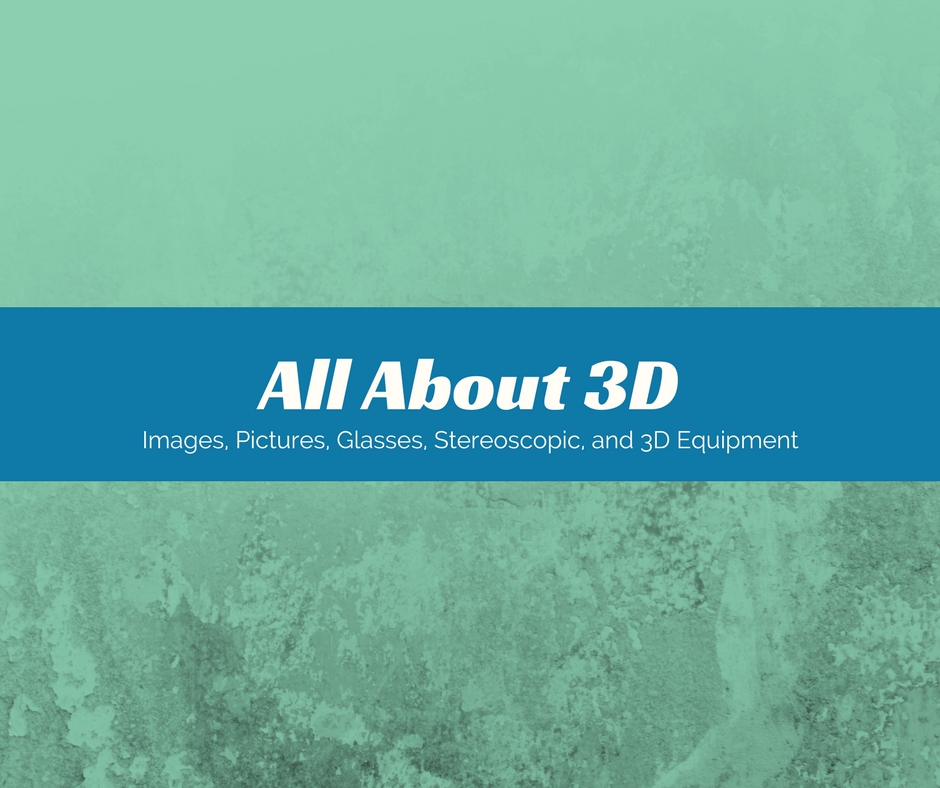The History of 3D
Think about paintings and how we add depth by adjusting the tones of colors. The idea of how we see was first approached by Euclid in 300 BCE. He is the very same Euclid who we refer to as the "Father of Geometry." His work influenced artists such as Leonardo Da Vinci. The chain of influence created by Euclid is long.
As technology improved folks like Charles Wheatstone applied the idea of how our brain uses visual input in inventions. Wheatstone is credited with the invention of the stereoscopic viewer, which allowed the evolved ideas of Euclid to be seen.
In 1844 David Brewster create a Stereoscope that was capable of taking 3D photographic images, ultimately taking a picture of Queen Victoria in 1851, which became a very famous first 3D image to be seen by the public.
It wasn’t until the 1970s that 3D technology really saw a large jump in usage and understanding. Stereovision, which is a new 3D Technology, was developed and used a special anamorphic lens that allowed for a wider field of view. Over the next few decades movie theaters tested out 3D technology with movies such as The Polar Express being made in 3D technology. Today, the movement for 3D has come into households as 3D TVs are being sold to consumers.
Technology Continues to Improve 3D
In 192
2, the first 3D film — The Power of Love — premiered in Los Angeles. In 1981, 3D hit the emerging video game market. 3D would become an interesting part of our social culture with toys that use the idea of the stereoscopic technology to animate cartoon strips. Even in today's modern world, 3D is relevant in products such as Google Glass, and applications that apply 3D to photographs.
Google Glass took the idea of stereoscopic images and applied it to the internet. More specifically to the power that smart devices offer users. The idea was to remove the handheld device from the hand and create an "environment" where the user had access to all of the data that appeared on a smartphone's screen without having to look down at the phone. The device, which sold until the beginning of 2015 blended 3D imagery with everyday life in what would be termed an "augmented reality."
Where is 3D Headed?
Technology has brought 3D to the general population. Today, you can create your own photographic carrousels or reels. The process is easy. Simply upload your 3Dimages and the company does the rest for you. The implications for this technology is huge and positive. This is a way to enhance photographs for family viewing, B2C perspective or for B2B marketing. A good example of a B2C application would be to capture a wedding using 3D photography and then turn those photographs into a 3D reel. For B2B, an example would be to uniquely showcase products at events such as trade shows.
How Do You See 3D?
You can start answering that question today by creating an account with Image3D / RetroViewer and exploring the different options available to create a viewer with your own photos. Check out blog posts for ideas. Check out our social channels to see what others are sharing. Create an account and start building.






